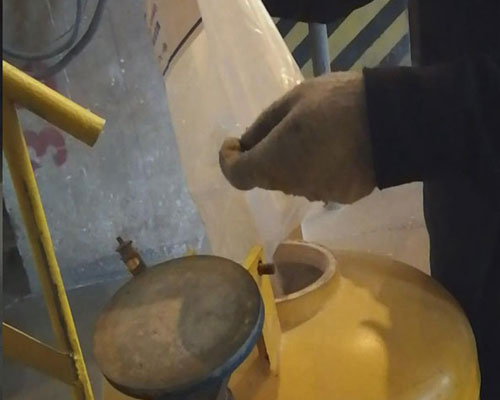In the smelting of aluminum alloy, an appropriate amount of refining flux is added, because it can degas and remove impurities, so that the aluminum alloy solution is more pure and its mechanical properties are improved. There are many precautions for adding refining agent, the following is an introduction to refining flux uses method.
Refining Flux Uses
Generally, the refining flux is sprayed, which has a more contact area with the aluminum liquid. The powdered refining agent is sprayed into the solution through a powder sprayer. Generally, nitrogen and argon are used as carriers for spraying. A large number of dispersed bubbles will be formed in the aluminum alloy melt, and they will be in full contact with the aluminum melt during the floating process of the bubbles to clear the gas and inclusions in the aluminum liquid in time.
The refining agent should be added according to the weight of the aluminum liquid, because too much or too little will affect the properties of the aluminum alloy, so calculations must be made before adding. During the operation of the refining agent, the operator should freely control the refining flow through the barometer and the powder feeder, so as to control the degree of tumbling of the molten aluminum and reduce secondary pollution.

The amount of refining agent added is 0.10-0.20%, and customers should choose according to actual conditions during use. After the refining agent is added, it must be fully stirred to give full play to the role of the refining agent. The specific slag removal and pouring should be determined according to the situation. Generally, pouring is carried out in advance, but the residue cannot be poured in.
The above is an introduction to the use of refining agents. Refining agents contain a variety of metal elements, which play a very important role in the smelting of aluminum alloys. After being added, they can also change the properties of aluminum alloys and make them more widely used, so the refining agent uses is essential in aluminum alloy smelting.

